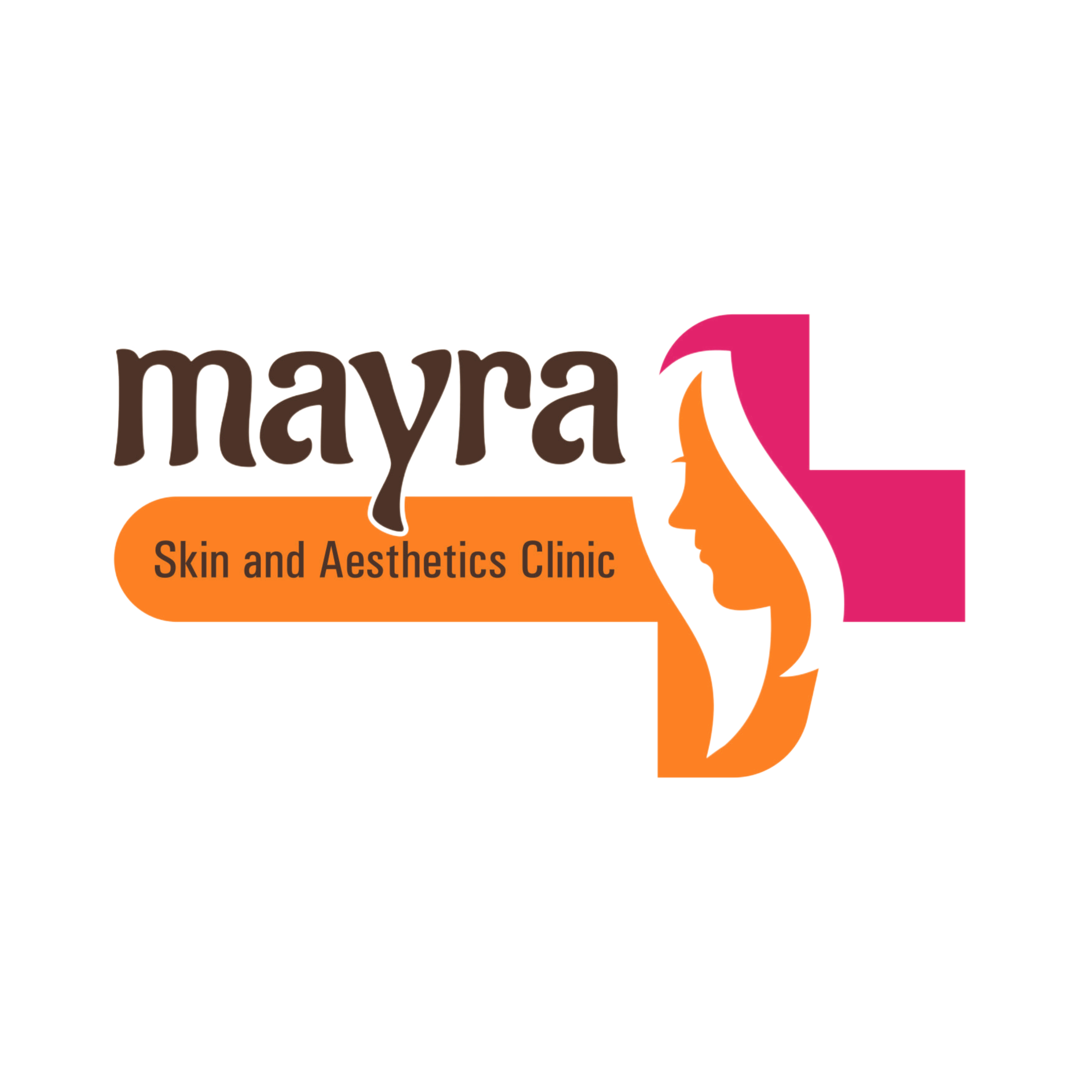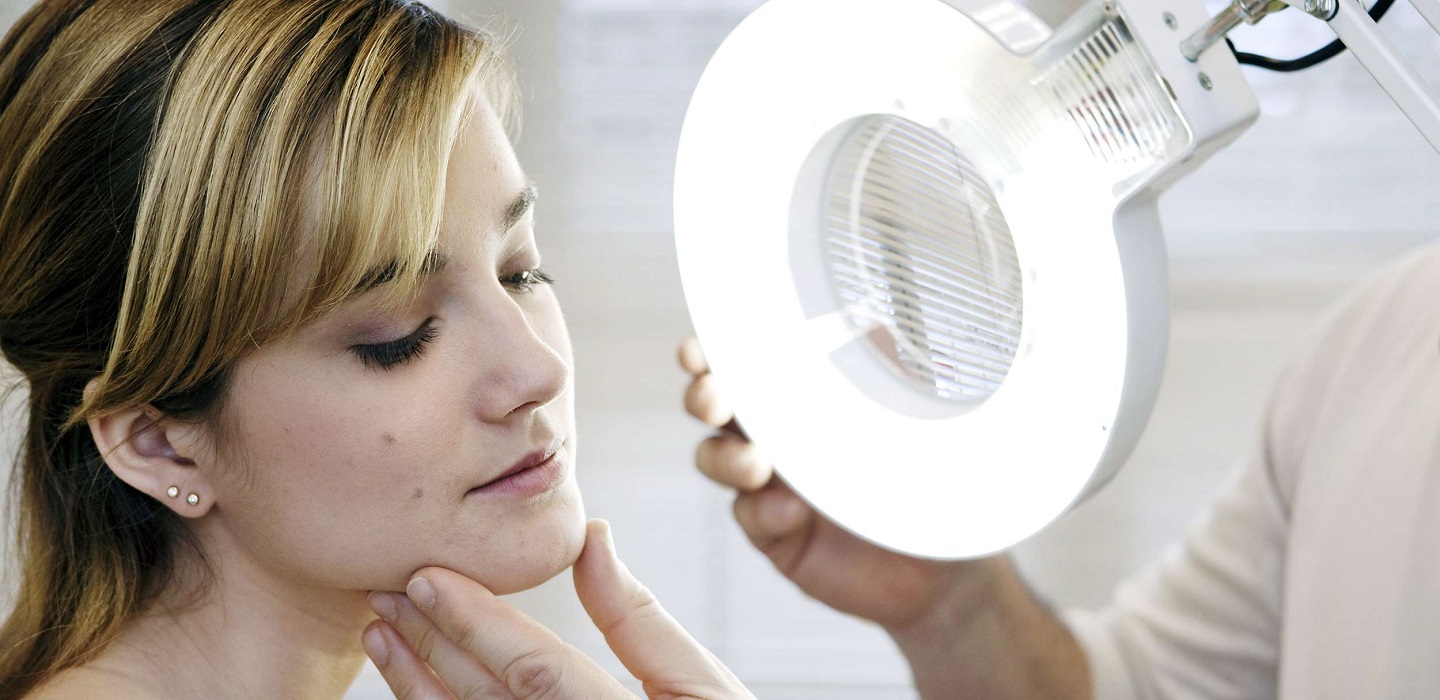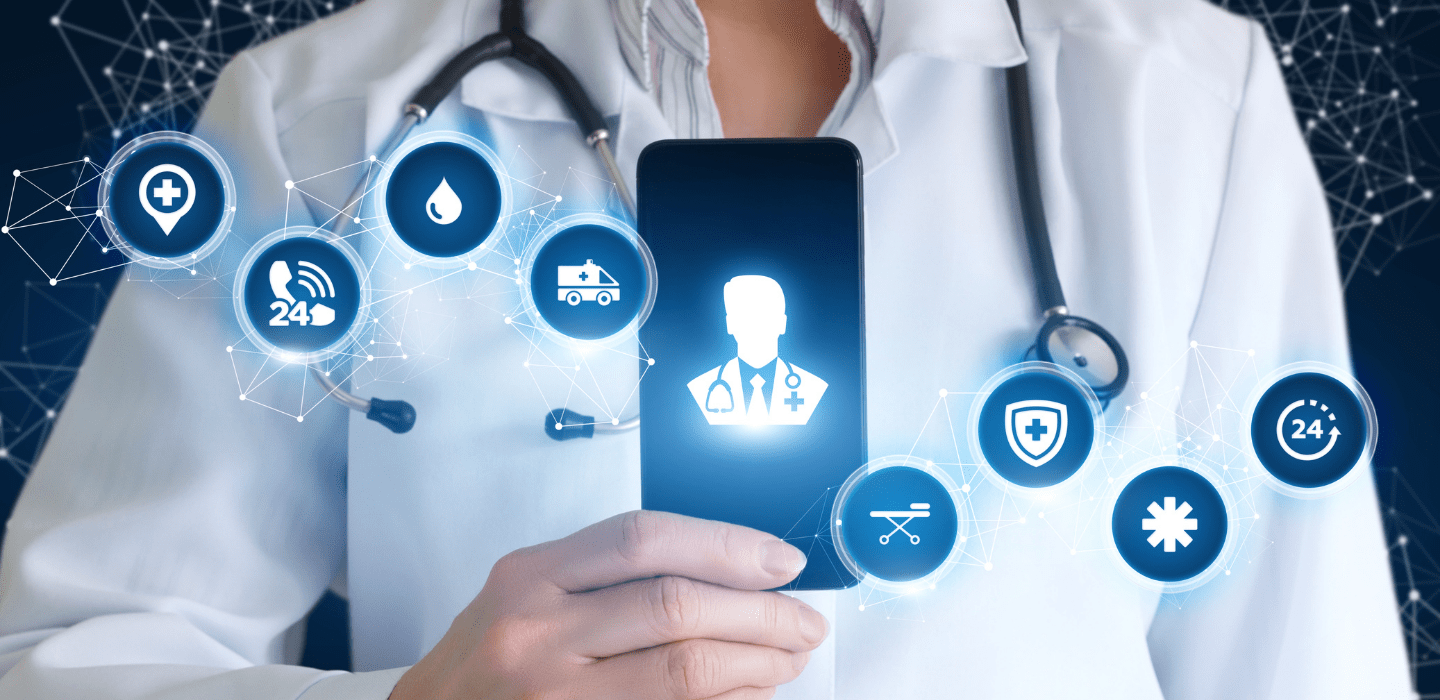Good health and fitness are all that we want for our body. We want to stay as far from diseases as we can, and among all the many health issues, dermatological issues are something we really want to steer clear of because we are well aware that these issues are challenging to treat and involve a long-driven treatment procedure. Another problem with these issues is that their diagnosis is not that easy. It requires a lot of knowledge and precision to accurately determine precisely the dermatological problem that you are facing. Because with dermatological issues, you cannot easily say what the underlying problem is just by looking at it. It may look like one thing but maybe a totally different thing. For instance, a bump on your skin may look like acne, but it can be other severe condition such as rosacea or milia. Or the white flakes in your hair might look like dandruff, which you think you can get rid of using some anti-dandruff shampoos, gels, or lotions, but those flakes can be early signs of psoriasis.
So, it becomes necessary to have some definite procedures and techniques that can provide an accurate diagnosis for the dermatological problem you are facing so that you could start getting the right treatment for the exact underlying problem right from the beginning. And medical science advances have efficiently come up with such diagnostic procedures.
Diagnostic Procedures for Dermatological Issues
There are different diagnostic procedures for the problems of skin, hair, and nails. Although every diagnostic procedure involves looking and examining the affected part under a microscope, the procedures are divided into categories to differentiate between the problems clearly.
- Dermoscopy
This is a diagnostic procedure for the skin. It helps to differentiate between the benign (non-cancerous) and malignant (cancerous) skin lesions. Dermoscopy can help in the diagnosis of many skin issues such as dermatitis, nevus, melanoma, etc. The doctor takes a sample of the affected skin and observes it under a dermatoscopy. Dermatoscope is a device that can separate the skin layer by layer and show what is invisible to the normal, naked vision. With dermoscopy, the diagnosis of diseases has significantly improved, and patients can go in for early treatments with a timely and accurate diagnosis. And an early treatment means increased chances of recovery, cure, and treatment success. So, dermoscopy has significantly improved the way skin diseases are attended to.
However, the procedure is a tricky one, and the doctor should have a vast knowledge of the subject to be able to make an accurate diagnosis. Well-experienced and trained professionals always make the best diagnosis.
- Trichoscopy
This diagnostic procedure is on the lines of dermoscopy. Like the skin has layers, hair and scalp have structures which can be different for every person. These structures speak tons about the hair and scalp health of a person. So, by observing these hair and scalp structures, one can determine the disorders a person is facing with his hair and scalp. Trichoscopy helps with observing these structures. A patch of hair or scalp is put under a magnifier or a video dermoscope. This magnifies the hair follicles or the scalp many times according to the level of magnification used, which can range from 10-fold magnification to 70-fold magnification. Upon magnification, the doctor can clearly see the underlying problem and make a well-observed and appropriate diagnosis. This procedure also gets done away with the need for biopsies, or even if a biopsy is at all required, this procedure lets the doctor know the accurate site for biopsy. This way, you even get the most accurate results of biopsies. And all this aid in providing you with just the treatment that you need and give you most satisfying results.
- Onychoscopy
This procedure is for your nails. It can be called as a dermoscopy of nails. Nail infections are difficult to diagnose and treat. While you can easily make out just by looking at your nails that you have a nail infection, to exactly determine what it is, it is a cumbersome task, because all of them look the same. With an onychoscopy, you can look at the nail bed and its different layers by putting the nail under a hand-held dermatoscope or a video dermatoscope. Getting a closer look at the infection and separation of its layers helps to determine the exact underlying problem.
With these diagnostic procedures, the doctors have been able to revolutionize the way dermatological diseases and problems were identified and provide their patients with the best of clinical and cosmetic treatments and that too well within time, and the patients can have very satisfactory results. However, it is an evolving subject, so the doctors need to keep themselves updated and equipped with anything new that comes into picture to keep up with the effectiveness of the procedure.


